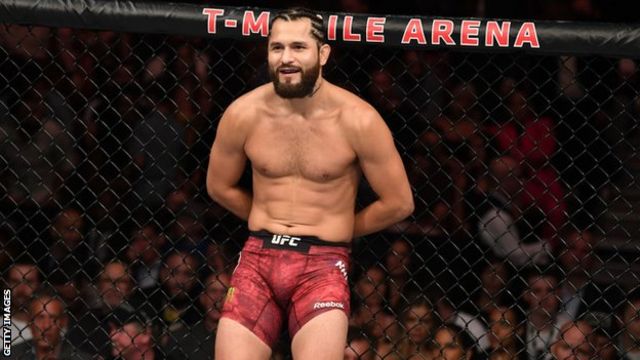

The first documented use of the term mixed martial arts was in a review of UFC 1 by television critic Howard Rosenberg in 1993. Mixed martial arts ( MMA), sometimes referred to as cage fighting, no holds barred ( NHB), and ultimate fighting, is a full-contact combat sport based on striking, grappling and ground fighting, incorporating techniques from various combat sports from around the world. International Mixed Martial Arts Federation Shane Carwin, main event of UFC 131 in Vancouver, British Columbia, in 2011

Effect of taekwondo practice on cognitive function in adolescents with attention deficit hyperactivity disorder. Kadri A, Slimani M, Bragazzi NL, Tod D, Azaiez F. Media violence and other aggression risk factors in seven nations. The social-psychological outcomes of martial arts practise among youth: A review. Anger in adolescent boy athletes: A Comparison among judo, karate, swimming and non athletes. Ziaee V, Lotfian S, Amini H, Mansournia MA, Memari AH. Reducing aggression with martial arts: A meta-analysis of child and youth studies. Impact attenuation of protective boxing and taekwondo headgear. Knowledge and attitudes about sports-related dental injuries and mouthguard use in young athletes in four different contact sports-water polo, karate, taekwondo and handball. Galic T, Kuncic D, Poklepovic Pericic T, et al. Youth participation and injury risk in martial arts. doi:10.21037/tp.2017.04.08ĭemorest RA, Koutures C, Council on Sports Medicine and Fitness. Epidemiology of sports-related musculoskeletal injuries in young athletes in United States. New AAP report encourages safer participation in martial arts. Injury rates in martial arts athletes and predictive risk factors for lower limb injuries. Vitale JA, Bassani T, Galbusera F, Bianchi A, Martinelli N. Understanding the meaning of Karate belt colors. Health benefits of hard martial arts in adults: a systematic review. Origua Rios S, Marks J, Estevan I, Barnett LM. doi:10.1542/peds.2016-3022īerkeley University of California Wellness. While some studies show headgear may reduce the risk of concussions, other research is inconclusive.ĭemorest RA, Koutures C, Council on Sports Medicine and Fitness.

Look for an instructor who focuses on building skills safely and only encourages competition once students display adequate emotional and physical maturity, as well as adequate skills. Ask the instructor about safety: Find out about training, experience, injury prevention, and philosophy before signing your teen up for classes.

Training involves blocks, punches, and open-hand strikes. Taekwondo: Taekwondo involves 80% kicks and 20% hand techniques.It’s performed with different levels of protective equipment. Muay Thai kickboxing: Muay Thai kickboxing involves kicking, sparring, and punching with boxing gloves.Mixed martial arts: Mixed martial arts may involve a combination of boxing and wrestling with a variety of submission holds and takedowns.Kung fu: Kung fu is a stand-up martial art known for its powerful blocks.Karate: Karate is a stand-up martial art that involves punches, kicks, and open hands to block strikes.It's a grappling-style martial art that incorporates karate, judo, and aikido. Jujitsu: Jujitsu allows smaller fighters to overcome larger opponents.It involves takedowns to the ground and submission holds. Judo: Judo is about using an opponent’s energy against them.It involves joint locks, restraints, and throws, rather than kicks and punches. Aikido: Aikido teaches a non-aggressive form of self-defense.


 0 kommentar(er)
0 kommentar(er)
